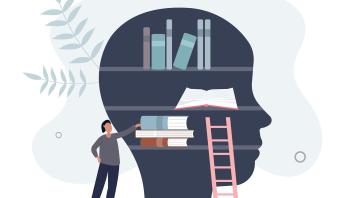Parents know the value of a good bedtime routine. Dinner, bath, books and bed was the routine around here for years and years, and for the most part, our girls went to bed and fell right to sleep. But as kids get older, electronics and television seem to find their way into kids’ hands closer and closer to bedtime. These habits, unfortunately, can make it harder for kids to fall asleep, resulting in less sleep overall. Inadequate sleep is associated with several school issues, including poor concentration, hyperactivity and obesity.
An interesting study in the journal Pediatrics examined the relationship between pre-sleep activities and the length of time it takes to fall asleep. More than 2,000 individuals in New Zealand, ages 5-18, reported their pre-sleep activities for the 90 minutes prior to going to bed. Television watching was the most commonly reported activity, followed by usual bedtime activities including changing clothes, brushing teeth and washing hands. Reading lying down was 9th, reading sitting up was 15th. Researchers compared pre-sleep activities to the time of sleep onset. Not surprisingly, those with fewer screen-based activities fell asleep more quickly. It took more time for those with screen-based activities to fall asleep.
For me, this study falls into the realm of “common sense that I sometimes ignore.” But no more! I’ll be monitoring our before-bed activities a little more closely, including my own!
Read the full study here .

